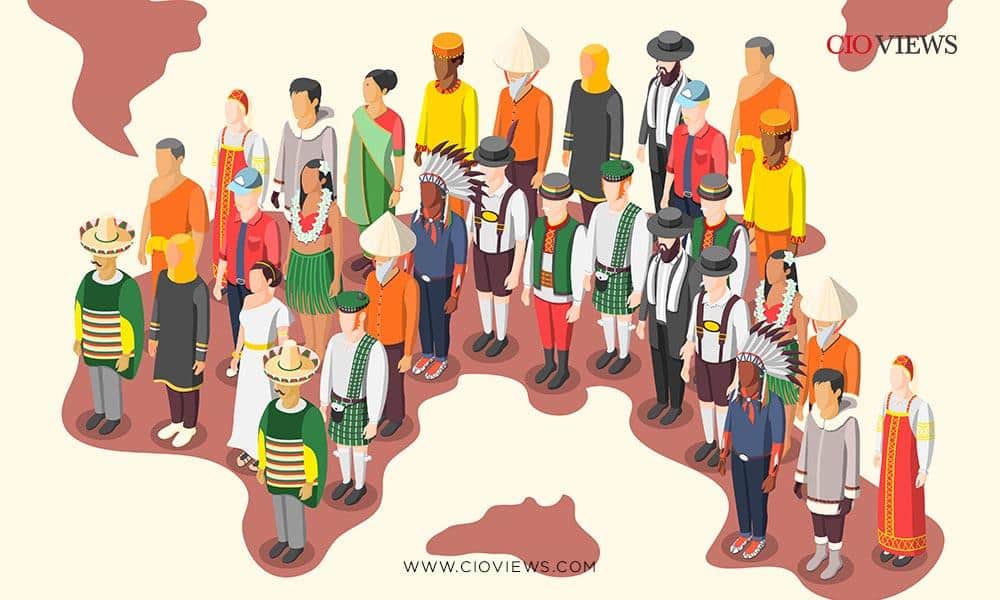
Throughout history, the concept of social class has been an intrinsic factor influencing societies worldwide. In some cultures, there exists a tendency to minimize visible disparities among social classes, fostering a sense of unity and egalitarianism. This article explores various cultures that espouse beliefs in minimizing differences between social strata, examining their historical backgrounds, social practices, and philosophical underpinning.
1. Scandinavian Societies: The Nordic Model
Scandinavian countries, particularly Sweden, Norway, and Denmark, epitomize the notion of egalitarianism. The Nordic Model is characterized by comprehensive welfare states, equitable income distribution, and high levels of social mobility. This system is heavily grounded in the belief that societal well-being is paramount, and thus significant efforts are made to dismantle class barriers.
Social policies in these nations, such as universal healthcare and free education, serve not only to minimize class differences but also to bolster solidarity among citizens. The socio-economic approach taken in Scandinavia functions on the premise that individuals should have equal access to opportunities, thereby cultivating a society that prizes collective welfare above individual gain.
2. The Japanese Perspective: Collectivism and Harmony
Japan presents a fascinating case of cultural philosophy intertwining with social structure. Rooted in Confucian ideals, the importance of collectivism and harmony supersedes individualistic pursuits. This ideology emphasizes social cohesion, where class differences are often suppressed in favor of maintaining group integrity.
In Japanese culture, the notion of “wa,” meaning harmony, governs interpersonal interactions. This cultural value instills a sense of shared responsibility and mutual respect, irrespective of social standing. Within communities, efforts to minimize status distinctions are evident in business practices, education, and even familial relationships, where communal interests frequently take precedence over personal aspirations.
3. Indigenous Societies: The Communal Approach
Various Indigenous cultures around the world also embody principles that minimize class differences. For instance, many tribes emphasize communal living and reciprocal relationships. In societies such as the San people of Southern Africa and some Native American tribes, resources are shared, and leadership roles are often rotational rather than hierarchical.
This egalitarian structure fosters cooperation and collective decision-making, reducing social stratification within the community. Furthermore, rituals and traditions are shared rather than owned, ensuring that no single individual possesses dominance over resources or cultural narratives, thus creating a semblance of equality.
4. The Influence of Socialism: Historical Contexts
Historically, socialist ideologies have surged in various cultures, advocating for the minimization of class differences. Nations that have embraced socialist principles, such as Cuba and Venezuela, have sought to redistribute resources and provide universal access to services, aiming to level socioeconomic disparities.
In these contexts, the political narrative often revolves around the idea of equal opportunity and collective ownership. However, the practical implications of such ideologies can vary significantly, with examples of both profound advancements in social equality and notable challenges arising from mismanagement and authoritarian governance.
5. The Role of Education: An Equalizer Across Cultures
In societies that favor minimizing social class differences, education often serves as a critical equalizer. Countries such as Finland have demonstrated that a robust, publicly funded education system can diminish class disparities significantly. With teacher autonomy, respect for student individuality, and a focus on holistic development, Finland’s educational framework facilitates an environment where academic achievement is accessible to all, irrespective of background.
Moreover, educational programs aimed at fostering intercultural understanding and social awareness are commonplace in many cultures that prioritize egalitarian values. By equipping individuals with critical thinking skills and encouraging civic engagement, these educational systems play a pivotal role in challenging entrenched social hierarchies.
6. Impacts of Globalization: A Double-Edged Sword
As cultures increasingly interact through globalization, the dynamics of social class differences evolve. While some argue that globalization augments disparities between classes by favoring capitalist agendas, others contend it presents opportunities for cross-cultural exchange and learning. Nations that embrace globalization can adopt best practices from others that effectively minimize social differences, enriching their own social frameworks.
Importantly, while globalization can facilitate the dissemination of ideas surrounding egalitarianism, it may also lead to cultural homogenization. Thus, the preservation of local customs, combined with adaptive strategies from more egalitarian societies, can create unique pathways toward minimizing social class distinctions.
7. Conclusion: The Continuity of Tradition and the Challenges Ahead
The pursuit of minimizing social class differences is not merely a matter of policy or political ideology—it is deeply embedded in cultural practices and values. From the Nordic welfare model to collectivist traditions in Japan and the communal lifestyles of Indigenous peoples, myriad approaches exist. While significant strides have been made in some cultures, challenges remain, especially in grappling with the realities of modern economic pressures and global influence.
Ultimately, fostering an egalitarian society requires a concerted effort across multiple dimensions: education, social policy, and cultural values must synergistically work together. In recognizing the beliefs and practices of various cultures that strive towards minimizing social differences, one may glean invaluable insights into crafting a more equitable global community.
